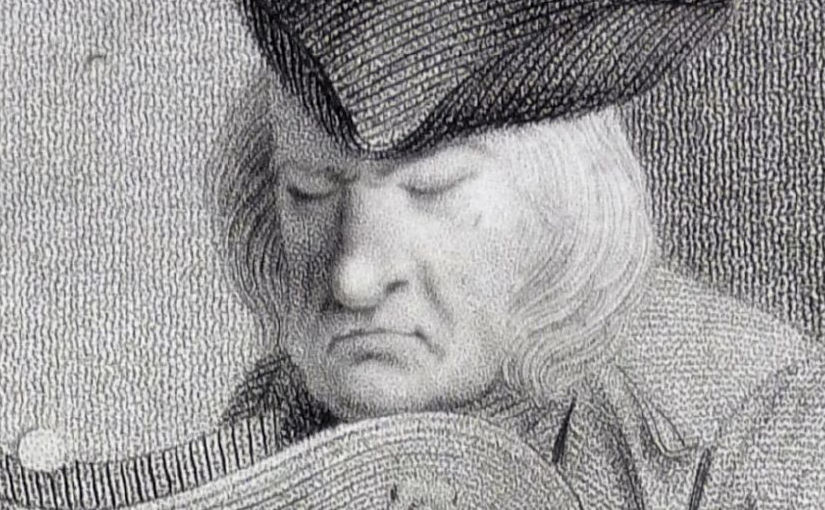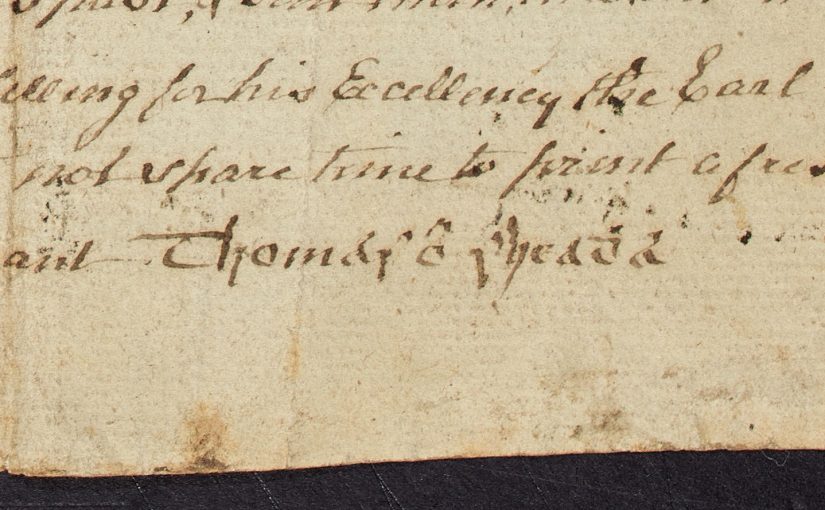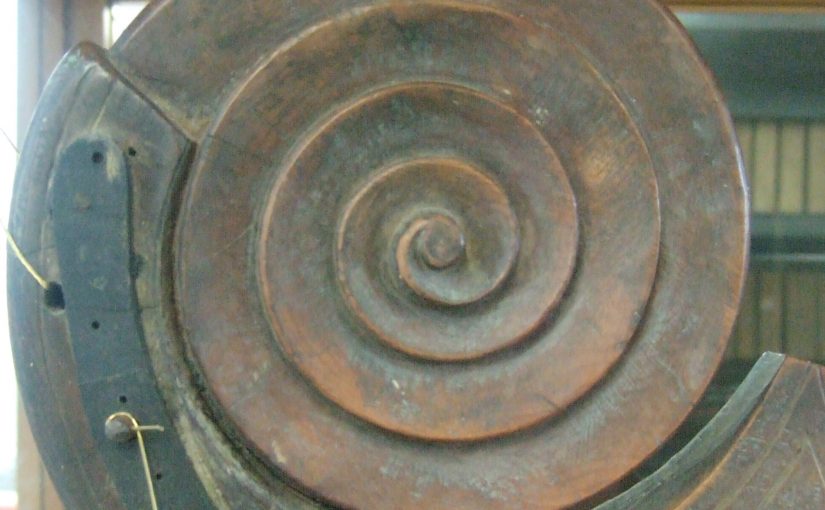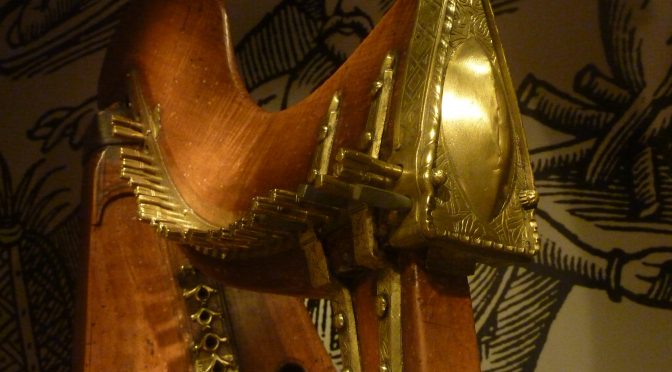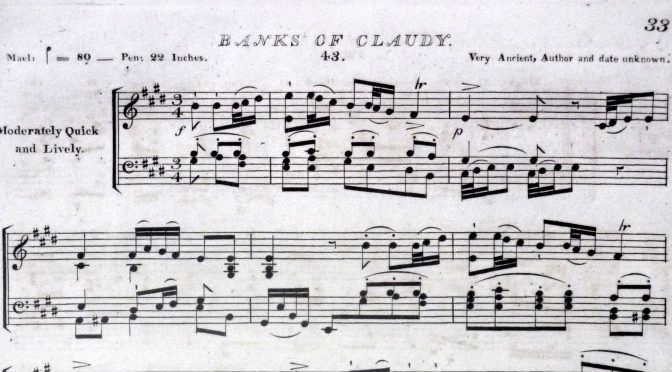We have one single description of Hennesy, a traditional harper in Dundalk, which was printed and reprinted in many English newspapers in 1804. This post is to discuss this report and try to say something useful about Hennesy.
Continue reading HennesyTag: 18th century
Dennis Hampson
Dennis Hampson (also known as Denis, Hempson, O’Hampsey, and other variants) was a traditional Irish harper in the 18th century. He lived through into the early 19th century and so he has a place in my “Long 19th Century” project.
Continue reading Dennis HampsonThomas Shea
Thomas Shea was a traditional Irish harper in County Kerry in the 18th century. He was still alive (though very old) in 1792 and so he gets a place in my Long 19th Century project, about harpers who were active between 1792 and 1909.
Header image courtesy of the National Library of Ireland.
Continue reading Thomas SheaIrish harpers alive c.1790
When I went to Achill to do my pre-recorded talk for the forthcoming Achill International Harp Festival online, one of the things I was thinking about was connecting to local traditions and so I was wondering about Mayo harpers.
Continue reading Irish harpers alive c.1790Irish harp finials: scrolls, figures and beasts
A discussion about the provenance of the Rose Mooney or Carolan harp which is owned by the National Museum of Ireland, prompted some thoughts about the decorative finial on the tops of the forepillars of the old Irish harps. I thought it might be interesting to line them all up to see if there were patterns or groups.
Continue reading Irish harp finials: scrolls, figures and beasts
Gaelic harps in 18th century Scotland
As part of my work to re-connect with the most recent threads of the old Gaelic harp traditions, I have been working a lot on the late 18th and early 19th century Irish tradition-bearers. In some ways that work is easy; we have portraits, we have their harps in the museums, and we have live transcriptions of their playing, both treble and bass.
But what about the Scottish side of the tradition? What do we actually know about the 18th century Scottish harpers? To begin, what do we know about the instruments they were playing?
The Memoirs of Arthur Ó Néill
Today I presented my concert in St Andrews, “the Memoirs of Arthur Ó Neill”.
I read excerpts from his autobiography, and played the tunes referred to in the anecdotes.
Here is my video of the complete, half-hour performance:
The Banks of Claudy
Edward Bunting‘s first field notebook, which he used to take down live transcriptions from the old harpers in 1792 and later, is kept at Queens University Belfast, Special Collections, MS4/29.
Usually known as ms29, it is a small oblong notebook stuffed full of sketchy drafts and scribbled transcriptions from the playing of the last tradition bearers.
On page 1 of the book is a two-staff arrangement of “The Banks of Claudy”.
“…the fleshy part of the finger alone”
Today I was working on tunes collected by Edward Bunting from the 18th century Irish harper, Arthur Ó Néill, for my concert in St Andrews on 3rd August.
As I played through some of his settings of Carolan and other baroque Irish harp music, using a copy of an 18th century Irish harp, I started thinking about the whole issue of playing the harp with long fingernails.

